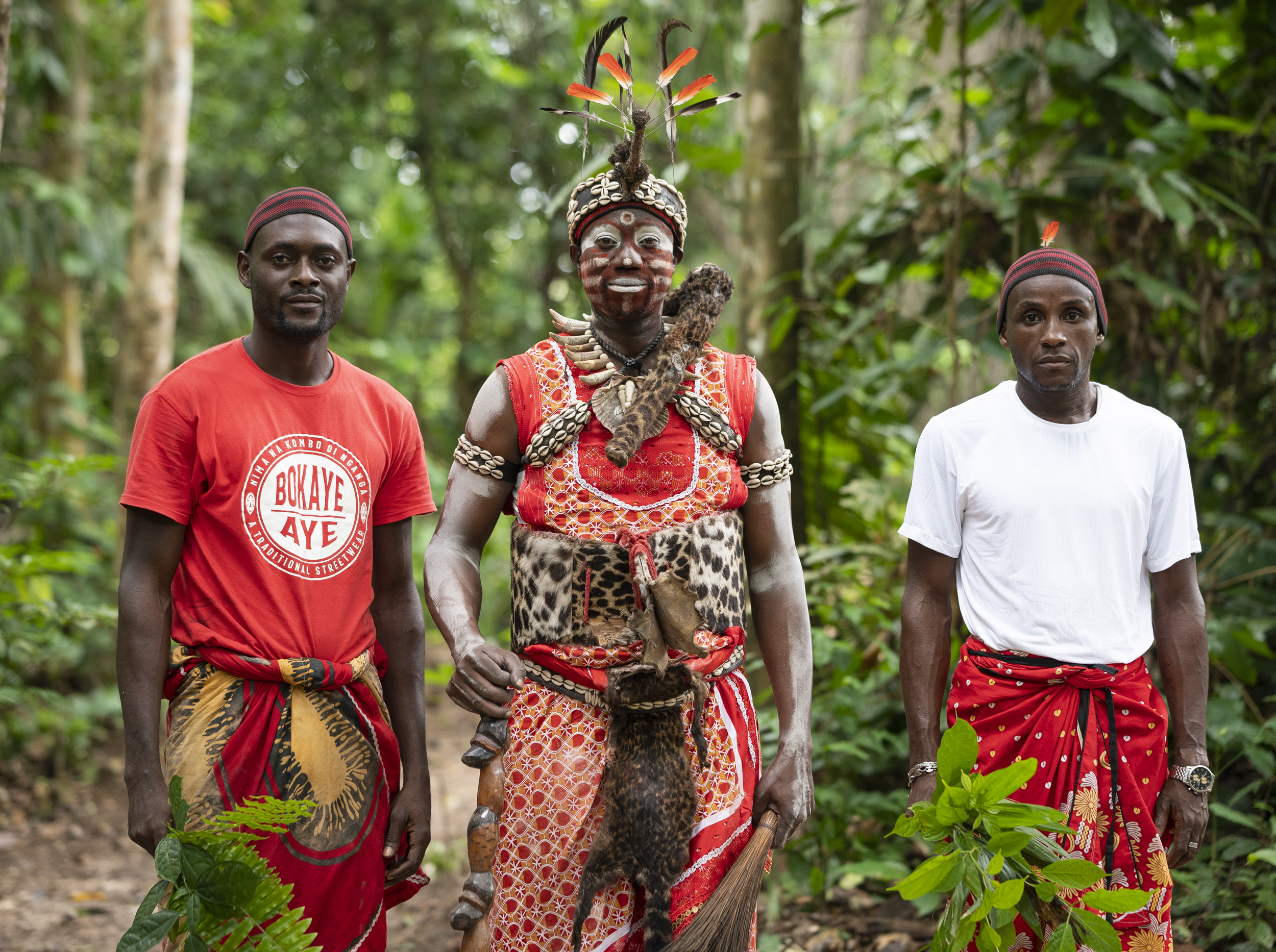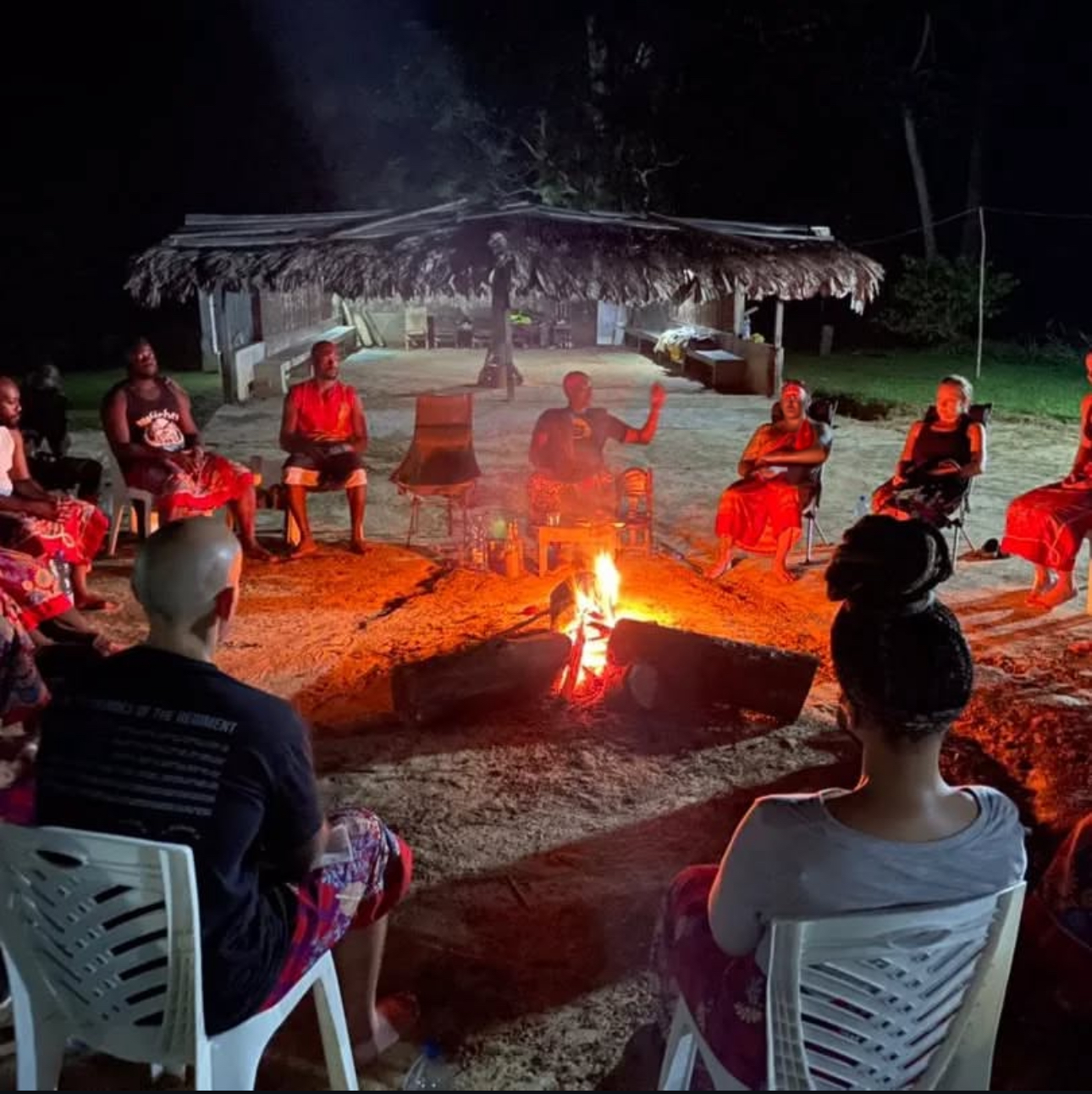Iboga Retreats with Medical Supervision: What You Must Know
This article explains why medical supervision is critical during an iboga retreat, outlines the screening and monitoring you should expect (EKG, liver panel, hospital proximity), and shows how to evaluate retreat centres to ensure your safety.

Iboga Retreats with Medical Supervision: What You Must Know










